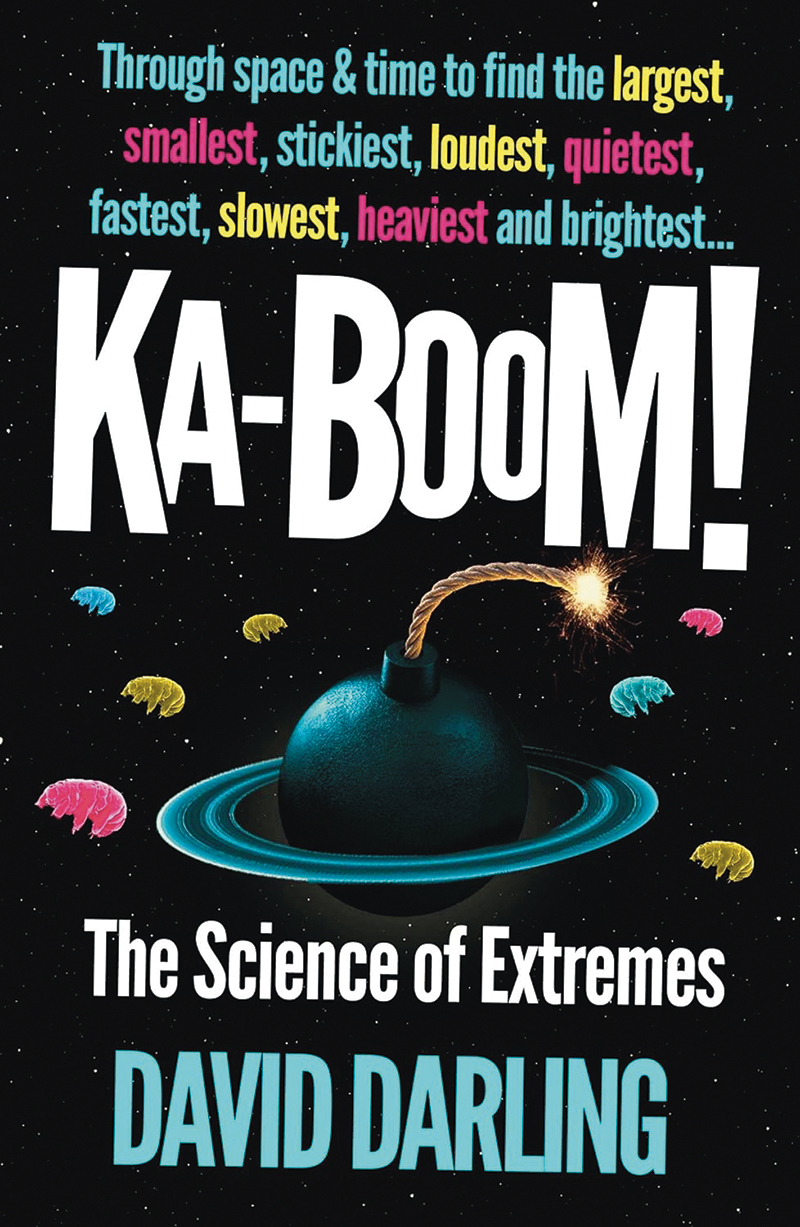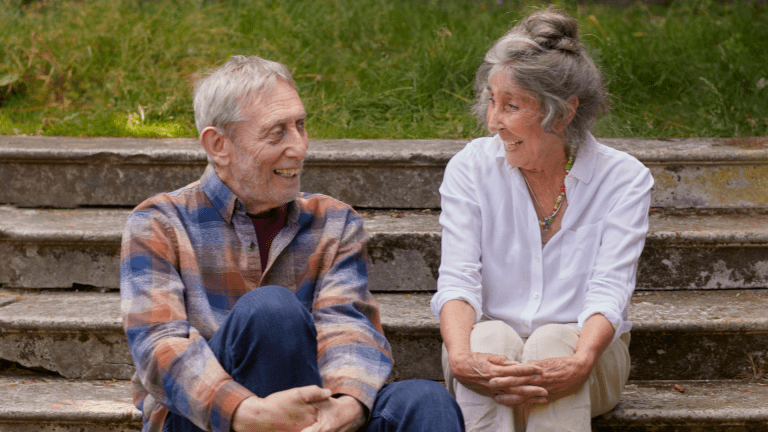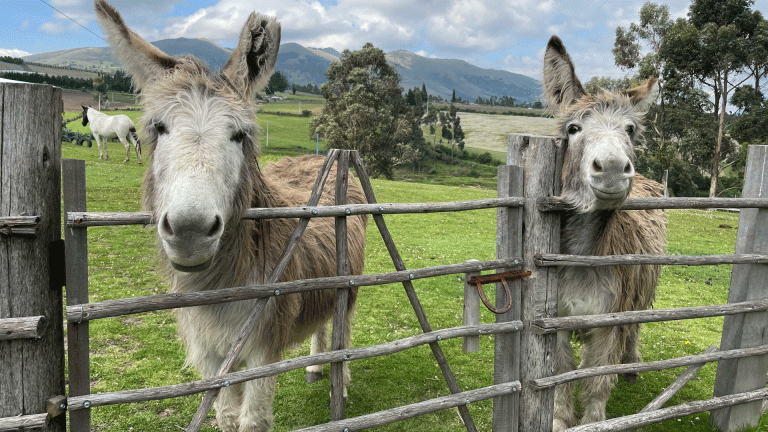We’re fascinated by extremes. Who’s the tallest – and shortest – living person? What’s the oldest animal in the world, the deepest hole, the loudest sound? How bright is the brightest light and what are the stickiest and smelliest and most poisonous substances on Earth?
Perhaps this fascination comes from us being a bit mediocre. Not that we necessarily live boring lives or are dull people but, the fact is, we’re just in-between when it comes to most things. In terms of size, we are partway between the ultra-small and the incredibly huge.
The known universe is thought to be about 93 billion light years across. In other words, it would take light, travelling at 300,000 kilometres per second – the highest possible speed – 93 billion years to get from one side of the part of the universe we can see to the other. At the other end of the scale are the tiny particles of which every atom of our bodies is made.
Get the latest news and insight into how the Big Issue magazine is made by signing up for the Inside Big Issue newsletter
We’re also average when it comes to temperature: we like it not too hot and not too cold. The lowest temperature ever recorded was -89.2°C at Russia’s Vostok Station in Antarctica in 1983. Factor in wind chill and the lowest is a bone-chilling -129°C at the same location on 24 August 2005.
In lab experiments, scientists have cooled substances down to within a whisker of the minimum that’s theoretically possible – so-called absolute zero at -273.1°C. But there’s no upper limit on how hot something can be. At the centre of the sun it’s a toasty 15 million degrees. Even that’s been easily surpassed by researchers trying to develop nuclear fusion as a reliable, clean energy source here on Earth. In 2021, an experimental fusion reactor in China reached a peak temperature of 160 million degrees for about 20 seconds.









